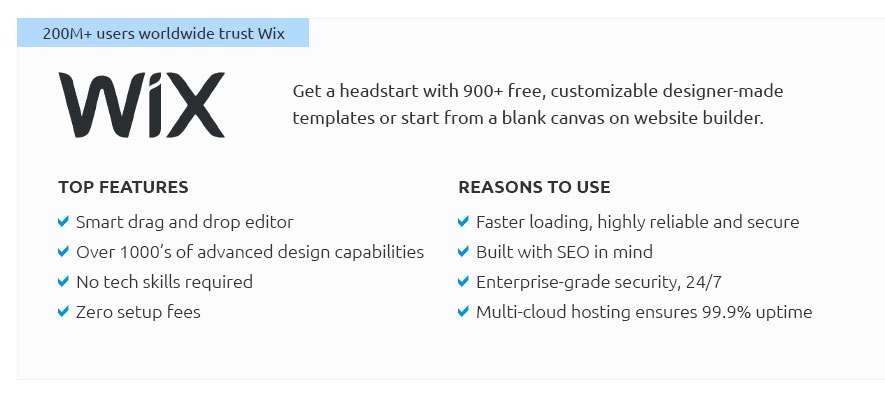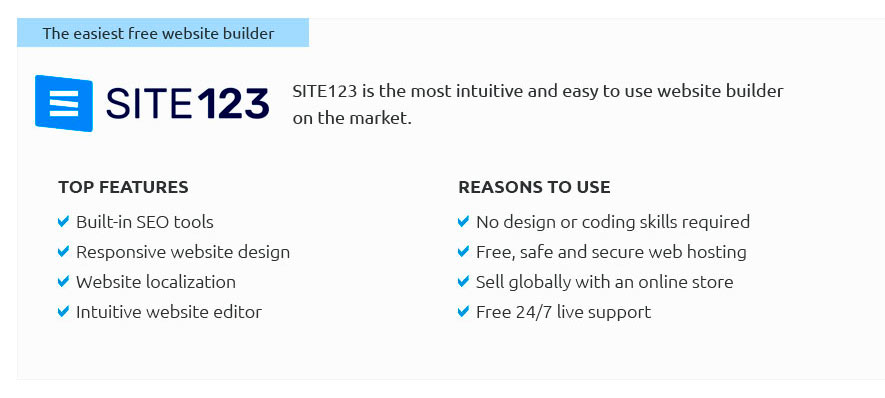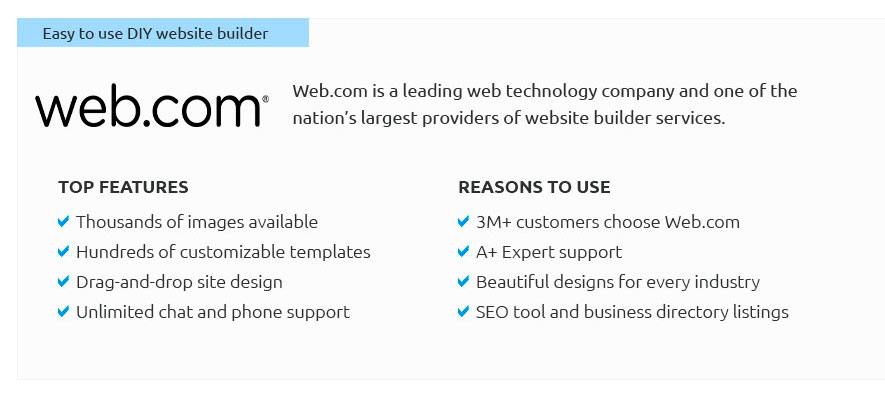 |
 |
 |
 |
|
 |
 |
 |
|
 |
|
 |
 |
|
 |
|
 |
|
 |
 |
How to Make a Website on Your Own: A Step-by-Step GuideCreating a website on your own can be a rewarding project, especially with the wide range of tools available today. Whether you're a beginner or have some experience, this guide will help you understand the basics and get started. Choosing the Right PlatformOne of the first decisions you'll make is choosing a platform. There are various options available, each with its own strengths and weaknesses. Researching what is the best platform to make a website can provide valuable insights. Content Management Systems (CMS)Content Management Systems like WordPress, Joomla, and Drupal are popular choices. They offer flexibility and a vast array of plugins and themes.
Website BuildersWebsite builders are an excellent choice for beginners. They offer drag-and-drop interfaces that make designing a website easy. Explore options like Wix, Squarespace, and Weebly to find the best drag n drop website builder for your needs. Designing Your WebsiteDesign is a crucial aspect of your website. A well-designed site not only looks good but also provides a seamless user experience. Choosing a TemplateSelecting a template that suits your brand and purpose is key. Most platforms offer a variety of free and premium templates. Customizing Your DesignAfter choosing a template, you can customize it by adjusting colors, fonts, and layouts to match your style and preferences.
Adding ContentContent is king. It's what keeps visitors engaged and helps your website rank in search engines. Writing Engaging TextEnsure your text is clear, concise, and relevant to your audience. Use headings and bullet points to break up large blocks of text. Incorporating MediaAdd images, videos, and other media to enhance your website's appeal. Make sure they are optimized for fast loading times. Launching Your WebsiteOnce you've designed and populated your website with content, it's time to launch. TestingBefore launching, test your website across different devices and browsers to ensure it is fully responsive. PublishingAfter testing, publish your website and share it with your audience. Monitor its performance and make adjustments as needed. FAQWhat is the easiest way to create a website?Using a website builder is often the easiest way, especially for beginners. They provide user-friendly interfaces and pre-designed templates that simplify the process. Do I need coding skills to build a website?No, many platforms allow you to create a website without any coding skills. However, having basic HTML and CSS knowledge can be helpful for more advanced customizations. https://www.hostinger.com/tutorials/how-to-make-a-website
How to make a website: 1. Define your website's purpose 2. Choose your website building platform 3. Register your domain name + more. https://www.youtube.com/watch?v=9_Uqyfmle2s
Hosting is 100% necessary if you want to own your own website. The ... My Website : https://createaprowebsite.com Create a Pro Website ... https://www.squarespace.com/how-to/build-a-website
This guide will show you how to create a website using one of our beautifully designed templates that fits your style so you can start sharing your story with ...
|